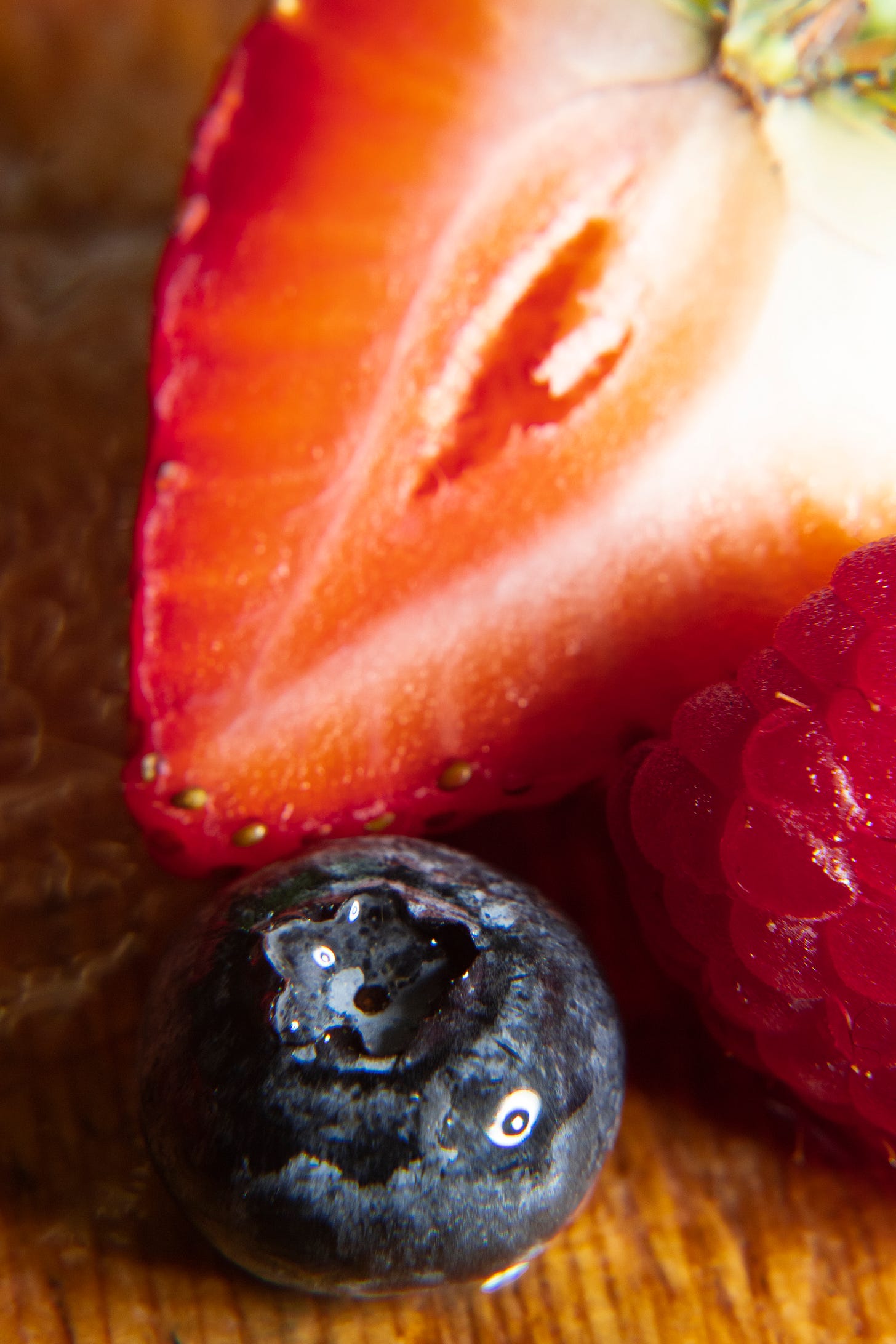The Ultimate Guide to Macro Photography
What is Macro Photography?
Macro Photography is a style of photography that allows you to take photos of small and minuscule things and make them the main focus of your photos. Macro Photography can give you a whole different perspective on everyday and mundane objects or items.
This style of photography allows you to find the tiny details in everyday items you look at every day. Like an eyeball, for instance, You can see the variety of colors and fibers and the individualism of each person's eyes.
Think of all the small pieces of jewelry or insects you see all the time. When you use Macro lenses/filters/tubes, you can see the details in your favorite pieces or animals. Go out there and look for small patterns and details in the things you love and take Macro Photos of it. To learn more about Macro Photography, check out what Adobe has to say about it here.
How do you achieve Macro Photography?
There are three ways to achieve Macro photography on all DSLR or Mirrorless cameras. This will be a brief introduction to the three types of filters/lenses/tubes.
The first and most common way people know how to take Macro Photos is with a Macro Lens. A Macro Lens costs around $500-$1200, depending on the zoom and the brand. All you have to do is put the lens on, and you can take macro photos.
The second option is Macro Tubes. Macro tubes are very fragile, and you need a zoom lens with this option as well. Macro tubes are less expensive and cost around $100-$450. They come with different macro power; you typically need to use more than one. Macro tubes go between your camera and your lens.
Lastly, and my personal favorite, is Macro Filters. They are super affordable and work just as great as the rest. Macro filters run from $15-$50. The Macro Filter kit comes with 1x, 2x, 4x, and 10x power. You can stack the different filters to get different levels of magnification. Typically the best combo is using the 2x and the 4x together on top of your zoom lens.
Any of these work to create unique macro photos. I highly recommend getting Macro filters because they are small and can fit in your camera bag without taking up as much space as a lens or macro tubes.
3 Simple Steps
It takes only three simple steps to accomplish amazing Macro Photography on any camera type. I have also created a youtube video that will be linked at the end of this section to show a visual on achieving this. It is a super easy acronym to remember Z-M-F zmf, Zoom, Move, and Focus. Check out this blog post by Caryn Esplin, who coined this phrase; ZMF.
Zoom
Use a zoom lens that can zoom to at least 70mm. Once you have put either your filters on, macro tube, or macro lens, zoom your lens. You really want to have your lens at 85mm to 100mm zoom.
Move
This one is pretty self-explanatory. You need to move your body. You will have your camera in manual mode, and to focus on the objects, you need to move the camera. Move back and forth until the object or item is in focus.
Focus
Lastly, you need to move your focus ring. On every lens, there is a focus ring that you can rotate to get whatever you are photographing to be sharp and entirely in focus.
Check out this Video I created on the subject.
Simple settings for Macro Photography
Setting up your camera is very easy. You first need to make sure you have your Macro filters, lenses, or tubes on. Once they are on, go ahead and put your lens and camera into manual mode. It has to be in manual mode. Otherwise, you will only be able to focus on the object if it is 12 inches away from you. When you put your camera in manual mode, it allows you to choose the focus manually, and you can be very close to the object you are taking a photo of.
Next, you will need to decide on the rest of your settings depending on your light. A basic setting to start with is an F-stop of 8 or 11. An ISO of 800 and a shutter speed of at least 125. Most of these settings are the same inside or outside. The thing you will change the most is your ISO. Changing your shutter speed is also an option, but make sure you don’t go below 125 because there will be camera shake since Macro is a hand help photography. To go more in-depth on this top, check out this blog post.
Subscribe to my blog to learn more fun tips and tricks for Macro Photography.
Macro Photography is super fun and easy, and I know that if you use these tips and tricks, you will create fantastic Macro Photos.





